You’ve probably heard of the Navajo Nation in passing, but what do you really know about this remarkable people? Beyond the stereotypes and Hollywood portrayals lies a complex and resilient culture that has thrived for centuries. The Navajo, who call themselves Diné meaning “the people,” have one of the most fascinating histories in North America. Their story includes wartime heroism, ancient spiritual practices, and an ongoing fight to preserve their traditions in the modern world.
From their incredible code talkers who helped win World War II to their sacred hogans that connect earth to sky, the Navajo Nation holds surprises that will reshape how you think about Native American culture. Let’s dive into ten remarkable facts that reveal the true depth of this extraordinary .
They Form the Largest Native American in the United States
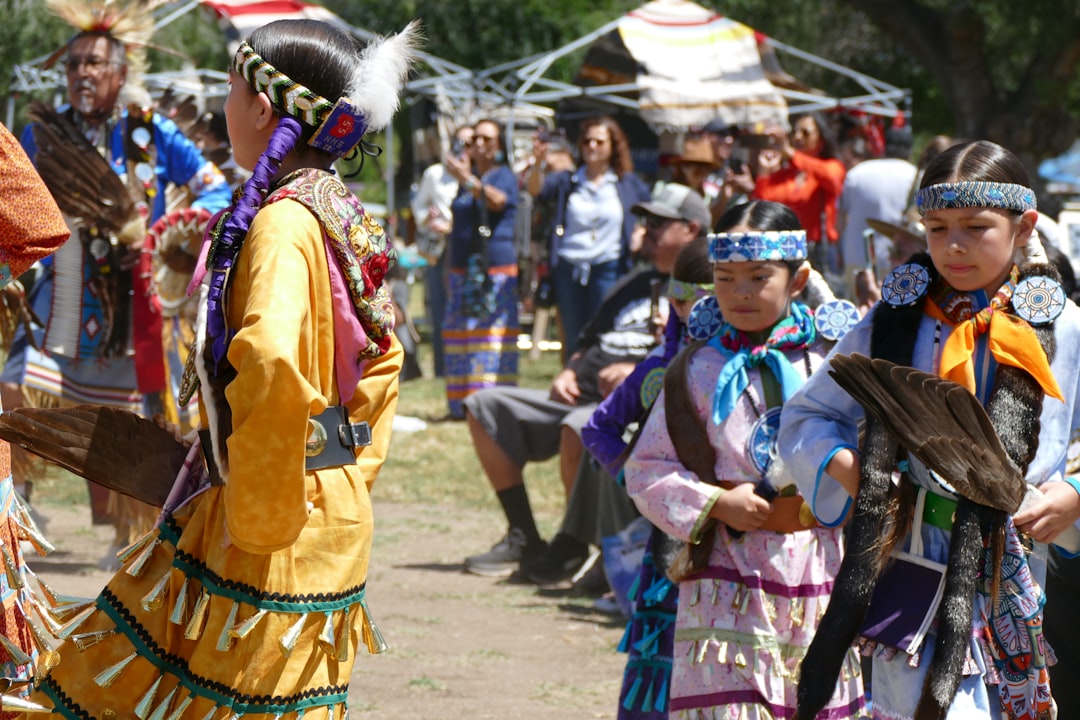
With more than 399,494 enrolled tribal citizens as of 2021, the Navajo Nation is the second largest federally recognized in the United States. However, when considering population alone, they are actually the largest in America. Nearly 425,000 Americans claimed at least partial Navajo (self-name Diné) descent in the 2020 U.S. census, with more than 315,000 solely claiming Navajo descent.
This massive population isn’t just a modern phenomenon. The Navajo have maintained strong family structures and cultural practices that have supported population growth over generations. Their emphasis on clan relationships and extended family networks has helped preserve their community bonds even as they’ve spread across vast territories.
Their Reservation Is Larger Than Many States
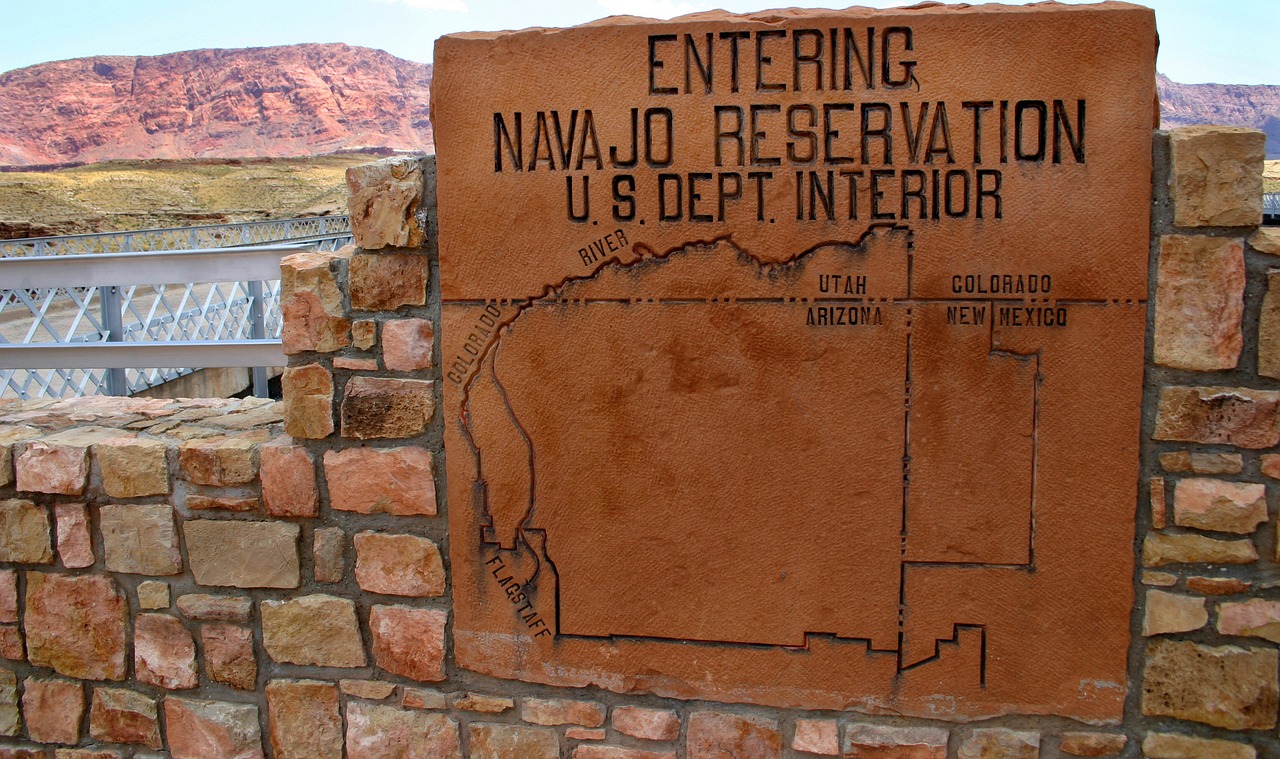
The Navajo Nation has the largest reservation in the country. The reservation straddles the Four Corners region and covers more than approximately 27,000 square miles (70,000 square kilometers) of land in Arizona, Utah, and New Mexico. The Navajo Reservation is slightly larger than the state of West Virginia.
This enormous territory, known as Diné Bikéyah or Navajoland, encompasses some of the most breathtaking landscapes in America. Diné Bikéyah, or Navajoland, is larger than 10 of the 50 states in America The reservation includes portions of Monument Valley, Canyon de Chelly, and numerous other sacred sites that have been central to Navajo culture for generations.
They Call Themselves Diné, Not Navajo
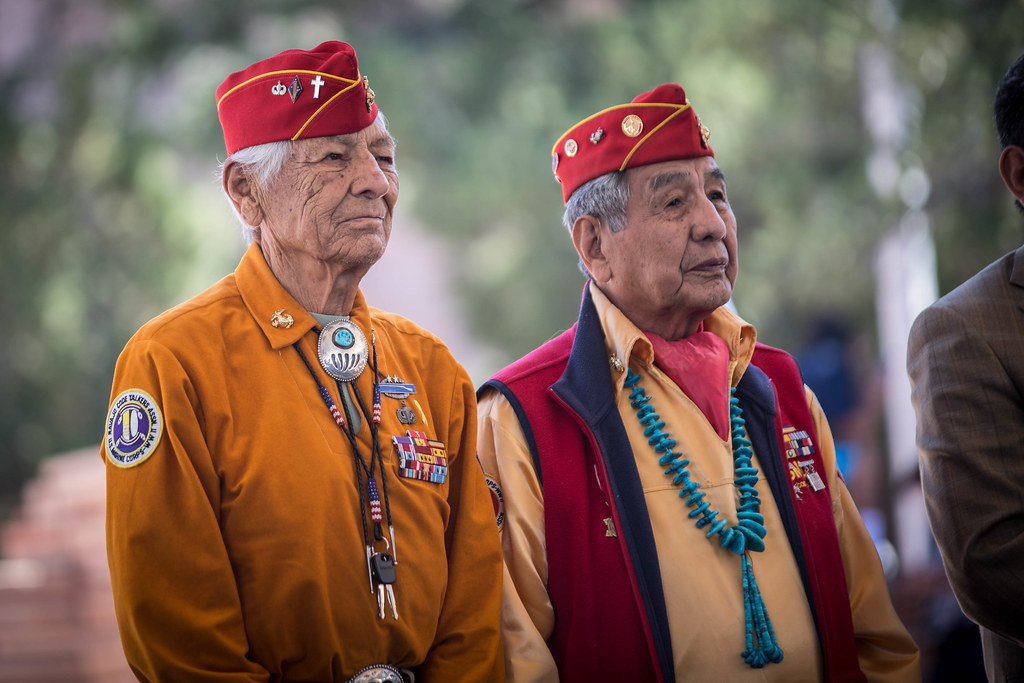
The term Navajo comes from Spanish missionaries and historians who referred to the Pueblo Indians through this term, although they referred to themselves as the Diné, meaning ‘(the) people’. In their own language, however, the Navajo refer to themselves as “Dine,” meaning simply “the people.”
The source of the name is uncertain, but is believed to derive from a Tewa Pueblo Indian word for “cultivated fields,” in recognition of the fact that the Navajo were more dependent on agriculture than were other Athapaskan peoples. While “Navajo” has become the official name used by the tribal government, many people still prefer to use Diné when speaking about their cultural identity.
Their Language Was an Unbreakable Code in World War II

Most people have heard of the famous Navajo (or Diné) code talkers who used their traditional language to transmit secret Allied messages in the Pacific theater of combat during World War II. One estimate indicates that fewer than 30 non-Navajo could understand the language during World War II.
The U.S. Marine Corps, which operated the largest code-talking program, sent more than 400 Diné (Navajo) language speakers to help win the war in the Pacific. Johnston staged simulated combat conditions, demonstrating that Navajo men could transmit and decode a three-line message in 20 seconds, compared to the 30 minutes it took the machines of the time. Their code was never broken.
They Have Sacred Mountains That Define Their Homeland
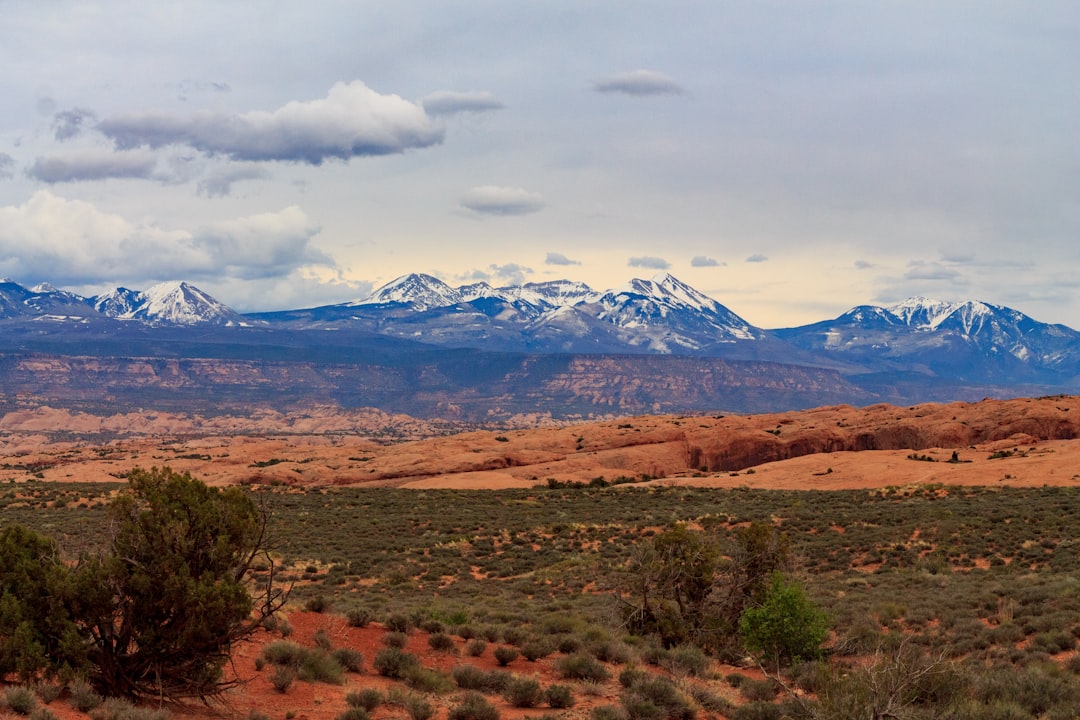
Their ancestral lands are bounded by what often are referred to as the four sacred mountains – to the east, Blanca Peak near Alamosa, Colorado; to the south, Mount Taylor near Grants, New Mexico; to the west, the San Francisco Peaks near Flagstaff, Arizona; and to the north, Mount Hesperus in the La Plata Mountains near Durango, Colorado.
The Holy People placed the four sacred mountains here and instructed the Earth People how to live in a way that maintains harmony and balance. These mountains aren’t just geographical markers but spiritual anchors that connect the Navajo people to their creation story and provide boundaries for their sacred homeland.
Their Traditional Homes Are Sacred Structures Called Hogans
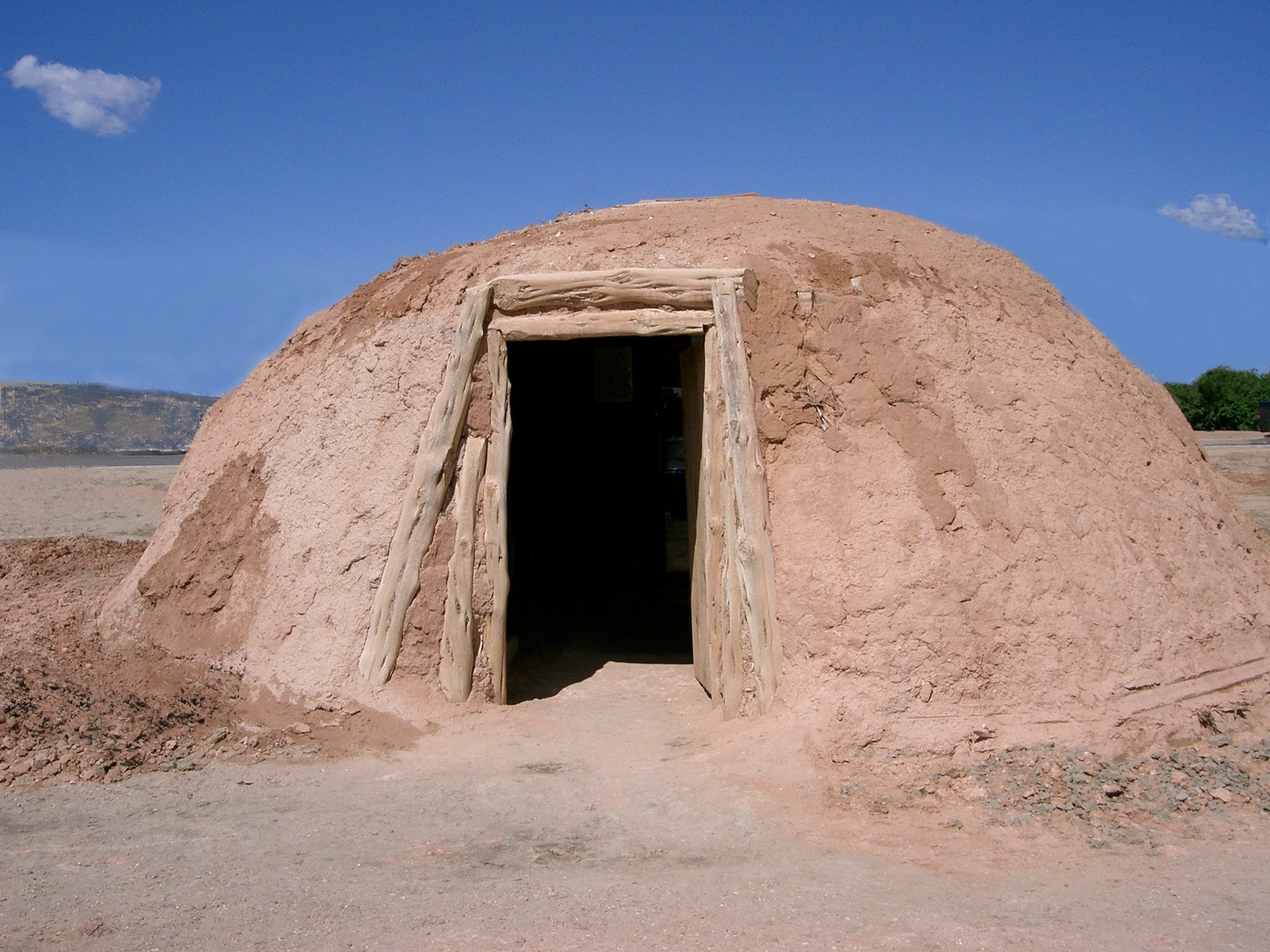
Hogans are traditionally made of logs and covered in mud, with the door always facing east to welcome the sun each morning. Male hogans are square or conical with a distinct rectangular entrance, while a female hogan is an eight-sided house.
The hogan, like corn, has deep religious importance. A similar structure, the Navajos believe, was used by the gods when they first laid down the ceremonies for the people. Hogans are a central element of traditional Navajo religion; a blessing must be said by a medicine man over each new hogan before it is inhabited, and ceremonies can only be held in a hogan.
They Believe in Living in Harmony Called Hózhó
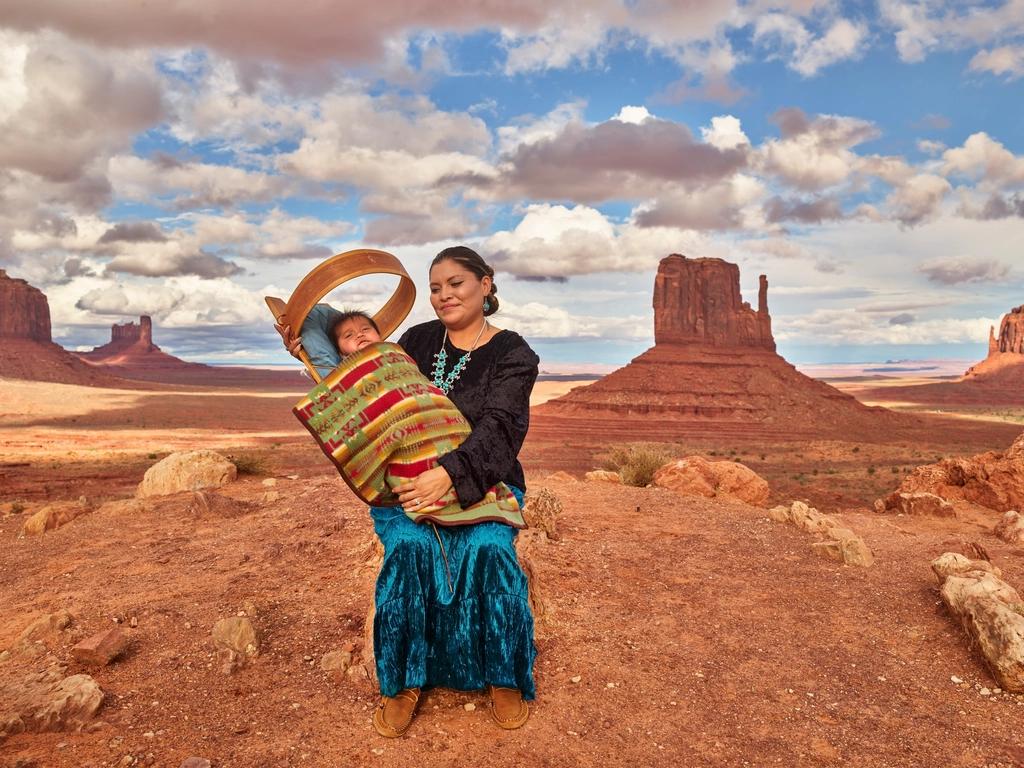
Navajo spiritual practice is about restoring balance and harmony to a person’s life to produce health and is based on the ideas of Hózhóójí. Religious rites and the conduct of daily life are centered in the Navajo ideal: to live in sacred harmony, in beauty, and in blessedness.
This concept of hózhó extends beyond personal well-being to encompass harmony between humans, nature, and the spirit world. The Diné believed in two classes of people: Earth People and Holy People. As Earth People, the Diné must do everything within their power to maintain the balance between Mother Earth and man.
Their Ceremonial Traditions Include Elaborate Sand Paintings
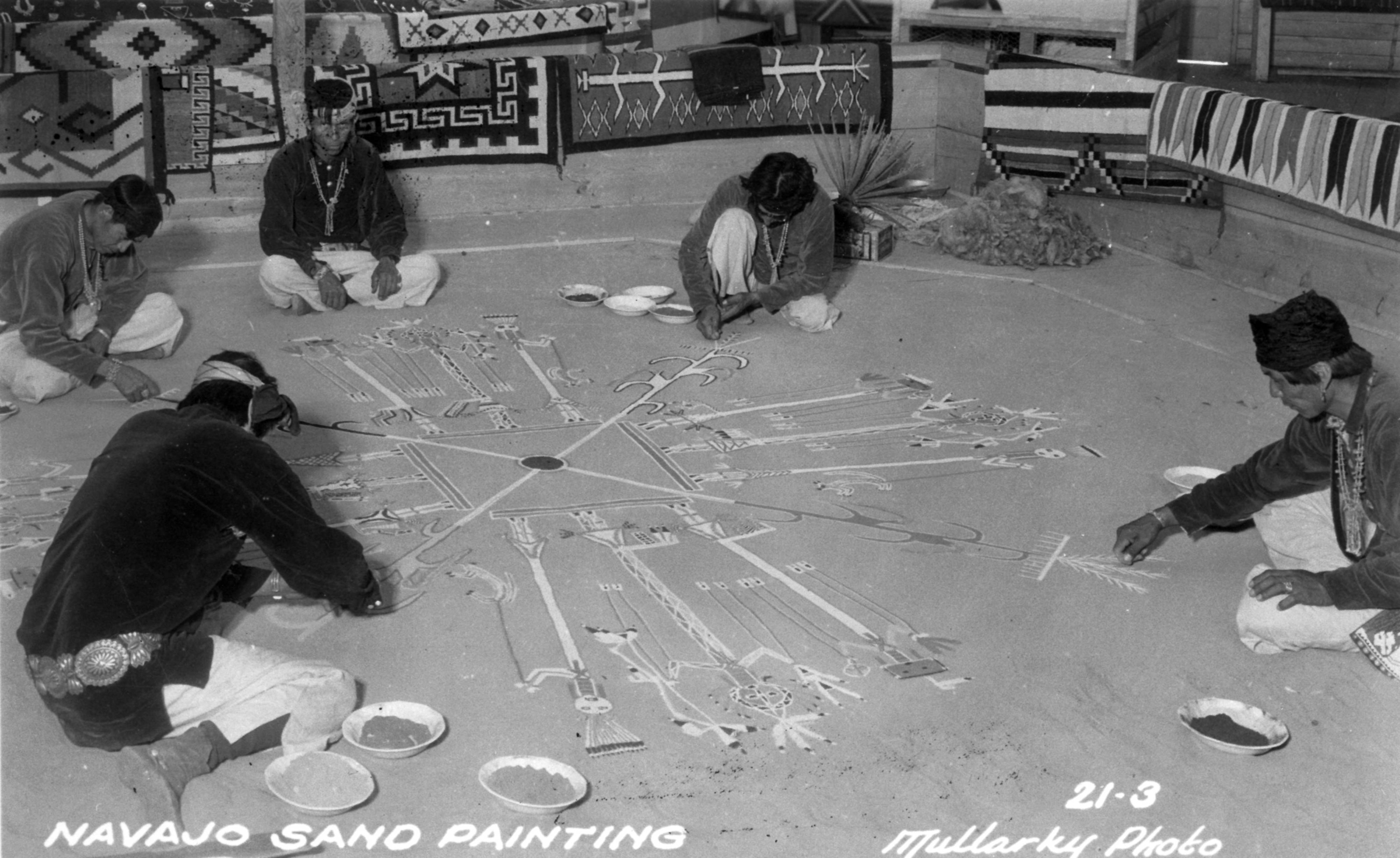
Elements of Navajo ceremonialism such as dry-sand painting are also products of these contacts. The Navajo culture used Sandpainting as a spiritual way to heal the sick. When they sandpainted, they made the painting in a smooth bed of sand, which was only temporary. Crushed yellow ochre, red sandstone, gypsum, and charcoal were used to create the images during their chants.
In the Navajo culture and traditions there are over 24 different Chantway ceremonies preformed by singers, and over twelve hundred different sandpainting designs that are available to the medicine men. These intricate artistic creations are destroyed at the end of each ceremony, emphasizing the temporary nature of healing and the cyclical patterns of life.
They Are Master Weavers and Silversmiths
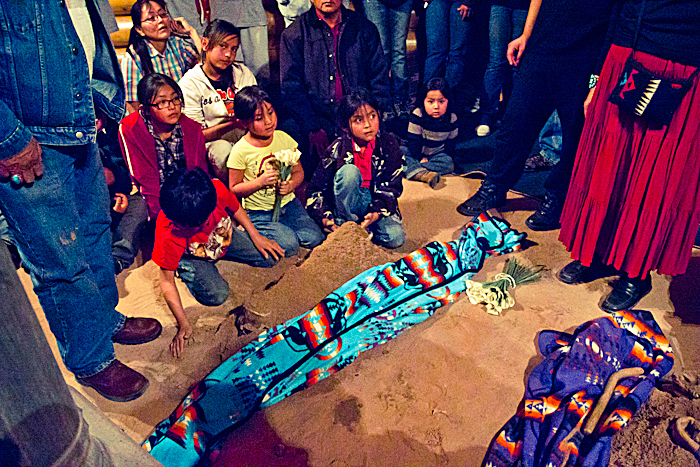
Pueblo artistic influences drew Navajo people to adopt painted pottery and weaving; Navajo rugs are particularly fine examples of this art form. The Navajo are known for their woven rugs and blankets. They first learned to weave cotton from the Pueblo peoples. When they started to raise sheep they switched to wool.
Another important Navajo artistic tradition, the creation of silver jewelry, dates from the middle of the 19th century and was probably first learned from Mexican smiths. Atsidi Sani (c. 1830–c. 1918) is considered to be the first Southwest Indians to learn silversmithing. He learned silversmithing from a Mexican man called Nakai Tsosi (“Thin Mexican”) around 1878 and began teaching other Navajos how to work with silver.
They Survived a Traumatic Forced Relocation Known as the Long Walk
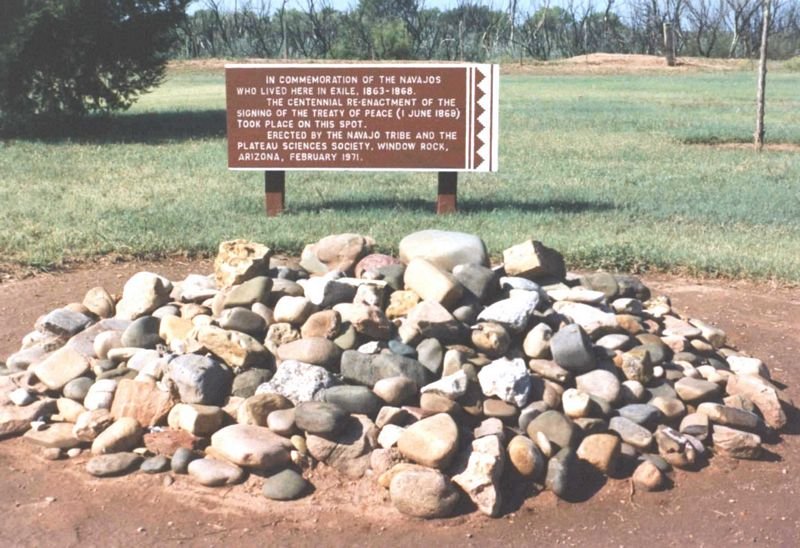
Beginning in the spring of 1864, the Army forced around 9,000 Navajo men, women, and children to walk over 300 miles (480 km) to Fort Sumner, New Mexico, for internment at Bosque Redondo. This period is known among the Navajos as “the Fearing Time”.
The internment was disastrous for the Navajo, as the government failed to provide enough water, wood, provisions, and livestock for the 4,000 to 5,000 people. Large-scale crop failure and disease were also endemic during this time, as were raids by other s and white civilians. Some Navajos froze in the winter because they could make only poor shelters from the few materials they were given. In 1868, the Treaty of Bosque Redondo was negotiated between Navajo leaders and the federal government, allowing the surviving Navajos to return to a reservation on a portion of their former homeland.
Through all these trials and triumphs, the Navajo Nation has demonstrated incredible resilience. Their ability to maintain their cultural identity while adapting to modern challenges shows the strength of their traditions and the wisdom of their ancestors. From their unbreakable wartime code to their sacred ceremonies, the Diné continue to thrive as one of America’s most vibrant indigenous communities.
What strikes me most about these facts is how they reveal a people who’ve never simply survived but have continuously found ways to contribute meaningfully to the world around them. The next time you hear about the Navajo Nation, remember that you’re learning about a culture that spans centuries yet remains vibrantly alive today. What aspect of Navajo culture surprised you the most? Share your thoughts in the comments below.



